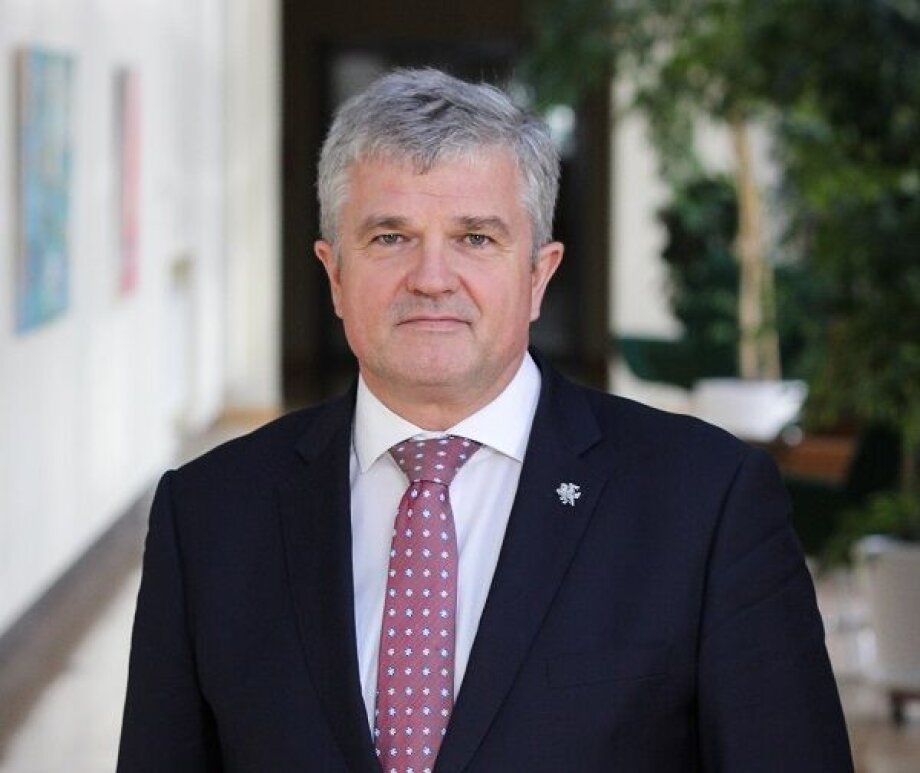Ambassadors’ Corner (December2021 6)
Eduardas Borisovas, the Lithuanian Ambassador, tells WBJ about the 2022 growth forecast, popularity of e-vehicles, and electricity generation in his country

Eduardas Borisovas, the Lithuanian Ambassador, tells WBJ about the 2022 growth forecast, popularity of e-vehicles, and electricity generation in his country

What’s the growth forecast for your country for 2022 and which industries are expected to do well in the coming year?
Our economy has rebounded rapidly from the pandemic shock: over 5% GDP growth in 2021 and close to 3.6% in 2022 (forecast). Rapid wage increases, pent-up demand, and continued EU-fund flows will remain the main drivers of domestic activity. Agriculture contributes around 3.29% to our GDP, the industry and service sectors 24.86% and 61.55% respectively. Although Covid-19 restrictions have been relaxed, they still have a significant impact on hotel, restaurant, and entertainment businesses. The situation is better in other service sectors. Domestic tourism is expanding. Covid has not had a significant impact on exports of business and IT services. Lithuania has made progress in developing the fintech sector. Vilnius is becoming the financial center of the Baltics.
How popular are e-vehicles/e-cars in your country and which vehicle/car brands are the most sought after?
The share of light passenger electric vehicles in annual purchases in 2020 accounted for 1.1%, and 6,067 vehicles registered in Lithuania are powered solely by electricity. The most popular manufacturers of registered light passenger electric cars are Nissan (28%), Volkswagen (15%), Tesla (14%), BMW (9%), and Hyundai (7%). Lithuanian government gives considerable attention to the promotion of electric mobility — efforts are being made to ensure that 50% of the newly purchased cars are electric and have 6,000 public charging stations for electric vehicles.
How’s electricity produced in your country and what are the major sources (including renewable and non-renewable)?
In 2020, 13,426 GWh of electricity was consumed in Lithuania. The vast majority of it was imported: 58.9%. By 2030, the government aims to reverse import dependency and produce 70% of its electricity needs domestically. Regional supply security has become a top priority. Currently, the Baltic States are targeting the full synchronization of their power systems with continental Europe by 2025, and thereby cutting off all electricity ties with Belarus and Russia — imports from these countries will be impossible. The share of renewable energy sources in total electricity consumption in 2020 accounted for 20.56% of which wind is 11.55%, hydro 8%, and solar 0.95%. Overall, 18.9% of consumed electricity was produced in thermal power plants.